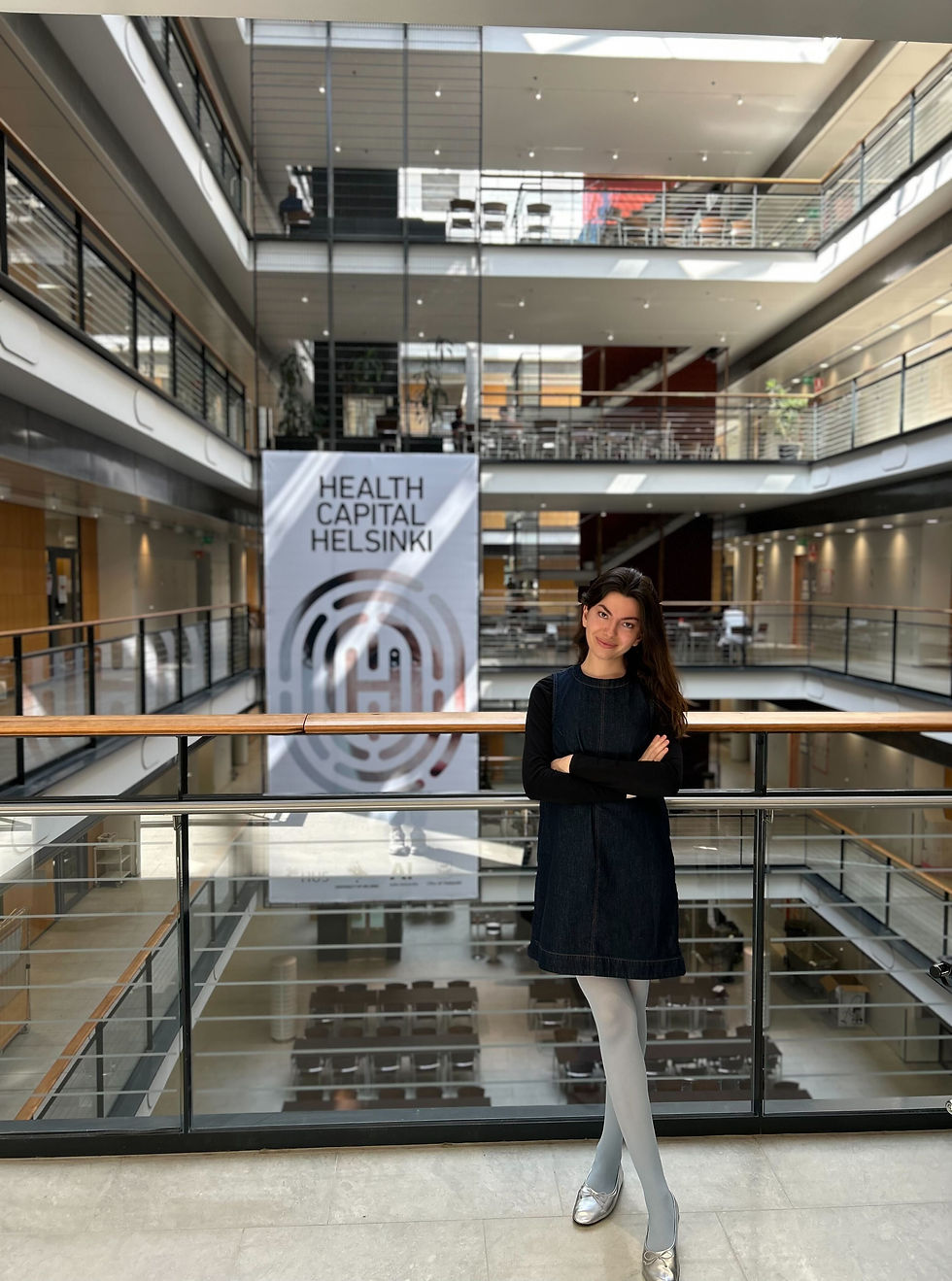Erickson LAB goes GOSH Hackathon - Developing the prototype HistoScanner
- Andrew Erickson
- Jul 16, 2023
- 3 min read
Microscopes have been used to view cells and tissues at high resolution for nearly 400 years. Histopathology, or the examination of tissues under a microscope is a core central part of modern clinical medicine. For example, the diagnosis and clinical staging of primary prostate cancer is entirely dependent on assessment of prostate tissues for the presence or lack of cancer, and within cancers their grade (assessed using the Gleason grading system). Advancements in technologies and digitalization, have made it possible to perform digital microscopy where high resolution digital images of tissue samples are acquired. The growing field digital pathology seeks to perform image analysis on such images. My lab works on developing techniques to generate new data from tissues, and much of our work is based on analysis of digital whole slide images.
Here's a whole slide image of a prostate biopsy (image from Histoprep):

Many companies offer commercial digital slide scanners. There are, however, two main limitations with commercial slide scanners. First, is that they are generally very expensive, which raises the barrier to entry for research groups. Second, is that such scanners are closed source: meaning, they are specifically designed for a singular purpose, are not amenable to hardware or software customization. This is often for good reason: in clinical production, it is very important that hardware performs consistently in the same way. However, this naturally limits new research. In contrast, open source is a concept wherein computer source code is made publicly available for others to repurpose and reuse. One further extension of the open source movement has also focused on hardware, including now digital microscopes.
I reached out to Benedict Diederich after reading his 2020 Nature Communications paper: https://www.nature.com/articles/s41467-020-19447-9. Benedict and company have focused on developing opensource hardware and software for the UC2 (short for You See Too). If you're interested in learning more, please check out a recent talk he gave that has been uploaded to youtube: https://www.youtube.com/watch?v=ivhmaaL3dRM. Below shows Figure 1 from their paper, which describes the UC2 hardware. The paper is amazing (I highly recommend reading it).

After working remotely via Zoom calls and by email, we were able to get first tile images from test cell-line blocks made in my lab visualized on the UC2. However, much work was still needed to be done on both hardware side to develop a solution where one could put a slide on a stage, "press a button", and get a complete stitched whole-slide image.

When Benedict reached out asking if we'd be interested in attending the GOSH Hackathon, it was an opportunity that we couldn't pass up! Thus, I, Franzi, Inkalilja, and Ada (from neighboring Färkkilä lab) made the trip to Jena. We asked Ada to join, as she has extensive experience working with ASHLAR, for tCyCiF images in Färkkilä lab. The 4 of us joined the openUC2-Hackathon-HistoScanner challenge.
Below, a picture of the 4 of us, bright and energetic before the 24 hour session!

Our plan was fairly straightforward: use ImSwitch to control prototype XYZ microscopes, to output a series of tiled images. From these tiles, we'd then use ASHLAR to stitch the individual tiles to a whole-slide image. Below is a picture of 3 XYZ microscopes we used in testing.

We started at 1 pm local time.

After an initial battle with ImSwitch installation and dependencies, we all were able to eventually connect to the XYZ microscopes! Below, Inkalilja, Ada, Benedict, Franzi and Matias working away (915 pm).

A chalkboard breakout to workup the slide scanning.

Given the option of "Wild Hacking from 2300-0800", we went for it.
Below, a timelapse video of scanning a H&E stain from a radical prostatectomy specimen from a patient recruited to the DEDUCER clinical trial (NCT: NCT02994758).
We initially were testing using monochrome images, but after hard work, Franzi and Benedict worked out a way to output RGB images. Here, a picture of final output RGB tile image!

We were able to get RGB images taken from the XYZ microscope stitched in ASHLAR. But, we still have a bit of work left to follow up on. With that said, it was a great experience for our first hackathon!

